Enlarged prostate
- Prostate diseases
- Enlarged prostate
- Symptoms
- Treatments

Enlarged prostate
Enlarged prostate

Benign prostatic hypertrophy (BPH) or enlarged prostate is characterized by an increase in the volume of your prostate due to an excessive multiplication of your cells. It is a natural part of getting older. This increase or growth can compress your urinary canal (the urethra), causing some urinary symptoms. From the age of 50, it affects almost all men as they get older and about 25% of them will need to be treated.
Benign prostatic hyperplasia is not a form of prostate cancer and does not increase the risk of developing prostate cancer. The exact cause of BPH remains unknown, although links may be established with the high-fat diet, family history, sedentary lifestyle and hormones.
Not all men with BPH experience symptoms, but if the prostate enlargement presses on the urethra (the tube that carries urine from the bladder out of the body), it could result in the following symptoms.
The most common signs and symptoms
In the early stages of BPH, there are no signs and symptoms. These appear when the prostate puts pressure on the urethra and bladder and cause changes in urination.
- More frequent urination (urinary frequency), especially at night
- A strong or sudden urge to urinate (urinary urgency)
- Difficulty starting or stopping the urine stream (called straining)
- Weak or slow urine stream
- Interrupted urine flow
- Being unable to empty the bladder completely
- Difficulty controlling the bladder (leaks)
- Pain or a burning sensation during urination
- Difficult or painful ejaculation
- Blood in the urine or semen (rare)
Risks and complications
- Urinary tract infection
- Urinary calculus
- Acute urine retention (emergency)
- Chronic urine retention
- Renal insufficiency if not cared for
Diagnosis
If you have unusual symptoms of BPH or if your doctor thinks you might have BPH, you will be sent for tests. They could include the following:
Medical history and physical examination
- A digital rectal exam (DRE) to ascertain the size of the prostate
- A questionnaire to assess the severity of the bladder disorder and how they affect the man’s quality of life
Urine Tests
- Urine analysis
- Urinary flow measurement (urodebitometry)
- Keeping a urination journal over several 24-hour periods
Blood tests
- Prostatic antigen specific (PSA)
- Blood urea nitrogen
- Creatinine
Imaging
- Ultrasound of the kidneys, bladder and prostate
- Ultrasound to determine how much urine remains in the bladder after urination (residual urine)
- These tests and examinations are used to confirm a BPH diagnosis, to rule out other problems such as urinary tract infection or prostate cancer, and to check for any BPH-related complications.
Approaches to medical (or non-medical) treatment
Treatments will be proposed based on the type of enlarged prostate and may vary from one man to another.
Watchful waiting & lifestyle changes
Watchful waiting consists in carefully observing the person without administering any treatment, since a certain proportion of men may see a spontaneous improvement in symptoms. Changes in lifestyle habits include avoiding certain foods (coffee, tea, alcohol), decreasing the amount of fluids ingested before bedtime, moderating daily fluid intake (1.5-2.0L / day), and avoiding constipation.
5-alpha-reductase inhibitors
These drugs block the transformation of testosterone into dihydrotestosterone in the prostate. Dihydrotestosterone appears to be the cause for enlargement of the prostate. They take several months to reduce the size of the prostate and relieve symptoms. These medications can prevent secondary BPH complications (acute urinary retention, bleeding, etc.). By reducing the size of the prostate, they also decrease the level of PSA that will need to be closely followed. The two drugs in this category are:
- finasteride (Proscar)
- dutasteride (Avodart)
Side effects may include:
- decreased sexual desire
- erectile dysfunction
- reduced amount of semen in ejaculation
- breast swelling or tenderness
Alpha-blockers:
They are drugs that relax the muscles around the prostate to reduce pressure on the urethra and decrease symptoms affecting urine flow. They have a quick effect (24-72 hours) on urinary symptoms. The most common alpha-blockers used for BPH are:
- terazosine (Hytrin)
- doxazosine (Cardura)
- tamsulosine (Flomax)
- alfuzosine (Xatral)
- silodosine (Rapaflo)
Side effects may include:
- dizziness
- fatigue
- headache
- low blood pressure
- Nasal congestion and rhinorrhea (runny nose)
Surgery
Surgery may be used to treat BPH in cases where the symptoms are severe severe, if the man is totally unable to urinate, when drug therapy has been ineffective, or if the man does not want to take daily medication.
Transurethral resection of the prostate (TURP)
TURP removes prostate tissue in order to reduce the size of the prostate. It is the surgery most commonly used to treat BPH. The usual procedure:
- It is performed under general or spinal anesthesia.
- A special tube with light and a camera (resectoscope) is inserted into the urethra into the prostate.
- The surgeon can observe the inside of the urethra, prostate and bladder.
- The excess tissue of the prostate is removed in the region that surrounds the urethra. The excision can be done using a variety of techniques (electric, laser, etc.)
- A catheter is placed in the bladder to allow the urine to flow.
- The catheter is removed as soon as there is no more blood in the urine (usually after 24 hours).
Side effects of a TURP may include:
- bleeding
- infection
- retrograde ejaculation
- new or minimally improved irritative urinary symptoms (frequent urination, urgency, etc.)
- erectile dysfunction – rare
- incontinence – rare
Some men may have to undergo a second intervention (10% of men after 10 years). Other surgical or radiological techniques performed under local anesthesia may be performed, but their long-term effectiveness remains to be determined. Talk to your urologist.
Additional Information - Prostate diseases
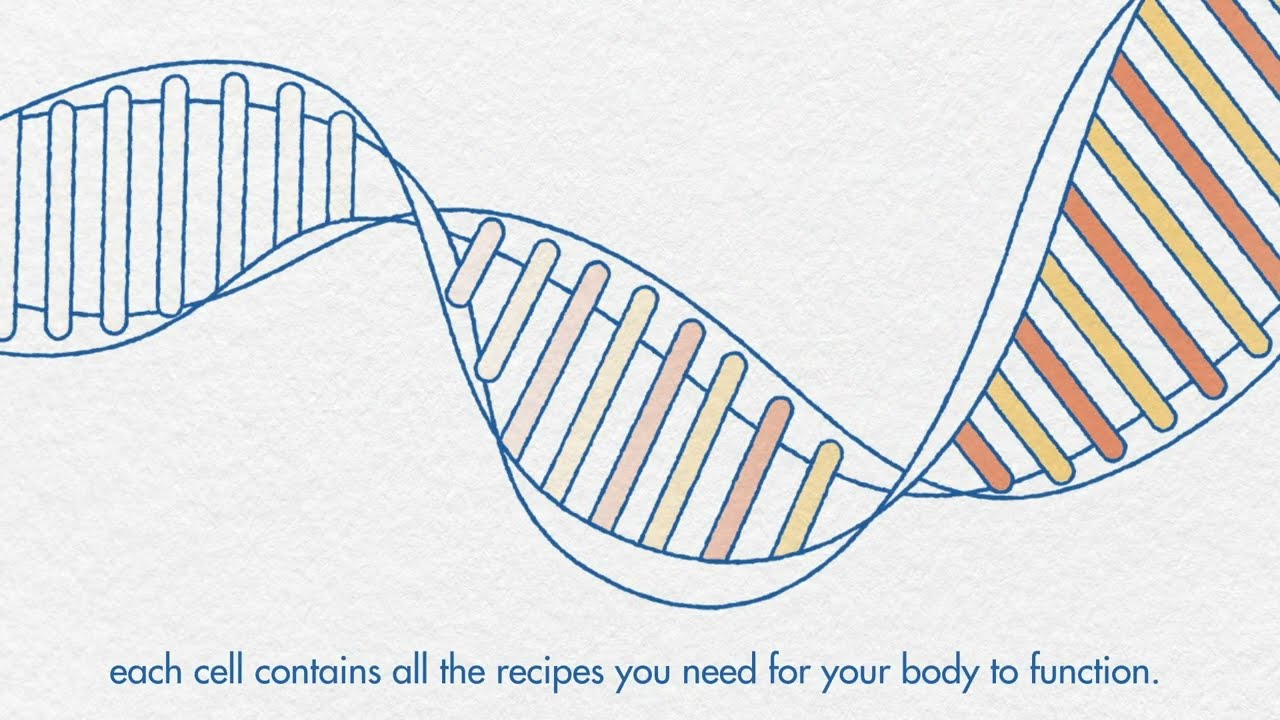
Genetics and prostate cancer
Do you have a family history of cancer? Your doctor might recommend genetic screening.
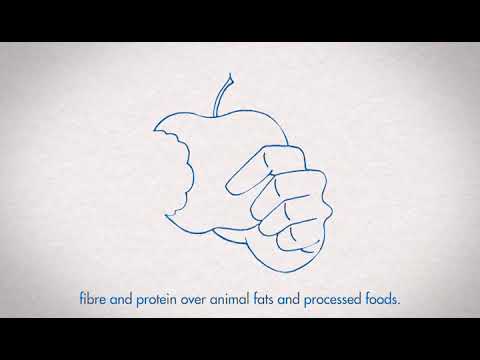
Symptoms, risk and screening
Are you over 50 or experiencing urinary problems? Discover why early screening for prostate diseases is important.
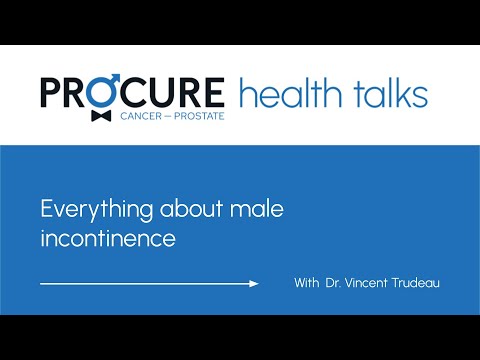
Everything to know about male urinary incontinence
Do you suffer from male urinary incontinence? You’re not alone. This webinar covers symptoms and treatments to help you.

Male incontinence: 8 myths to dispel
Male incontinence is a taboo subject that is the subject of several myths. For those affected, having the right information is essential.

Incontinence: How to choose the right product?
Although we hear less about urinary incontinence in men, some of them are faced with this urological problem.
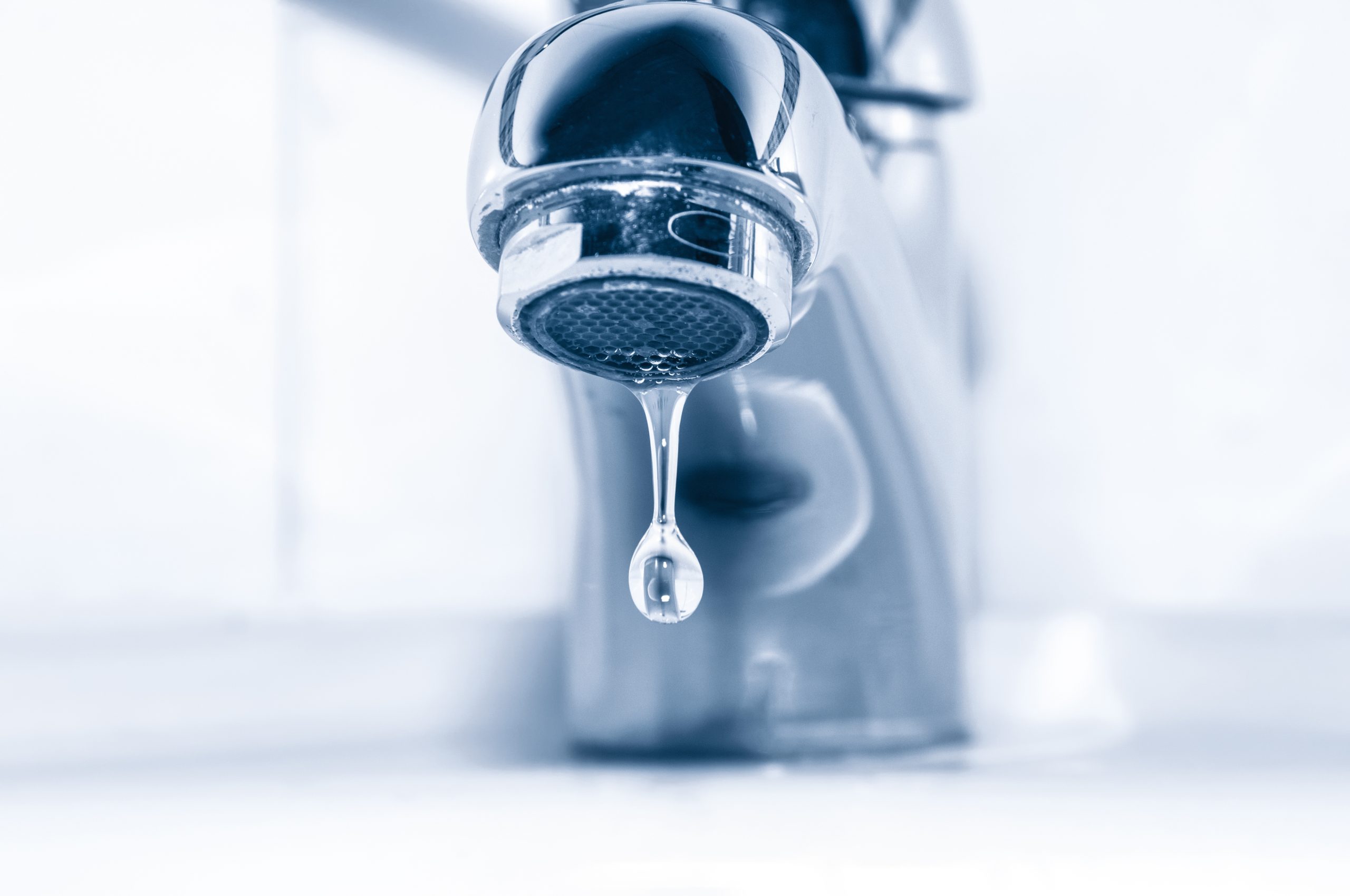
BPH: Myths and Reality
BPH or enlarged prostate is a natural phenomenon as we age. If you have BPH, it’s important to separate the facts from the myths.

Long live my old prostate!
Long live my old prostate that I respect! Present only in men, once adult, it can be as much a friend as naughty.
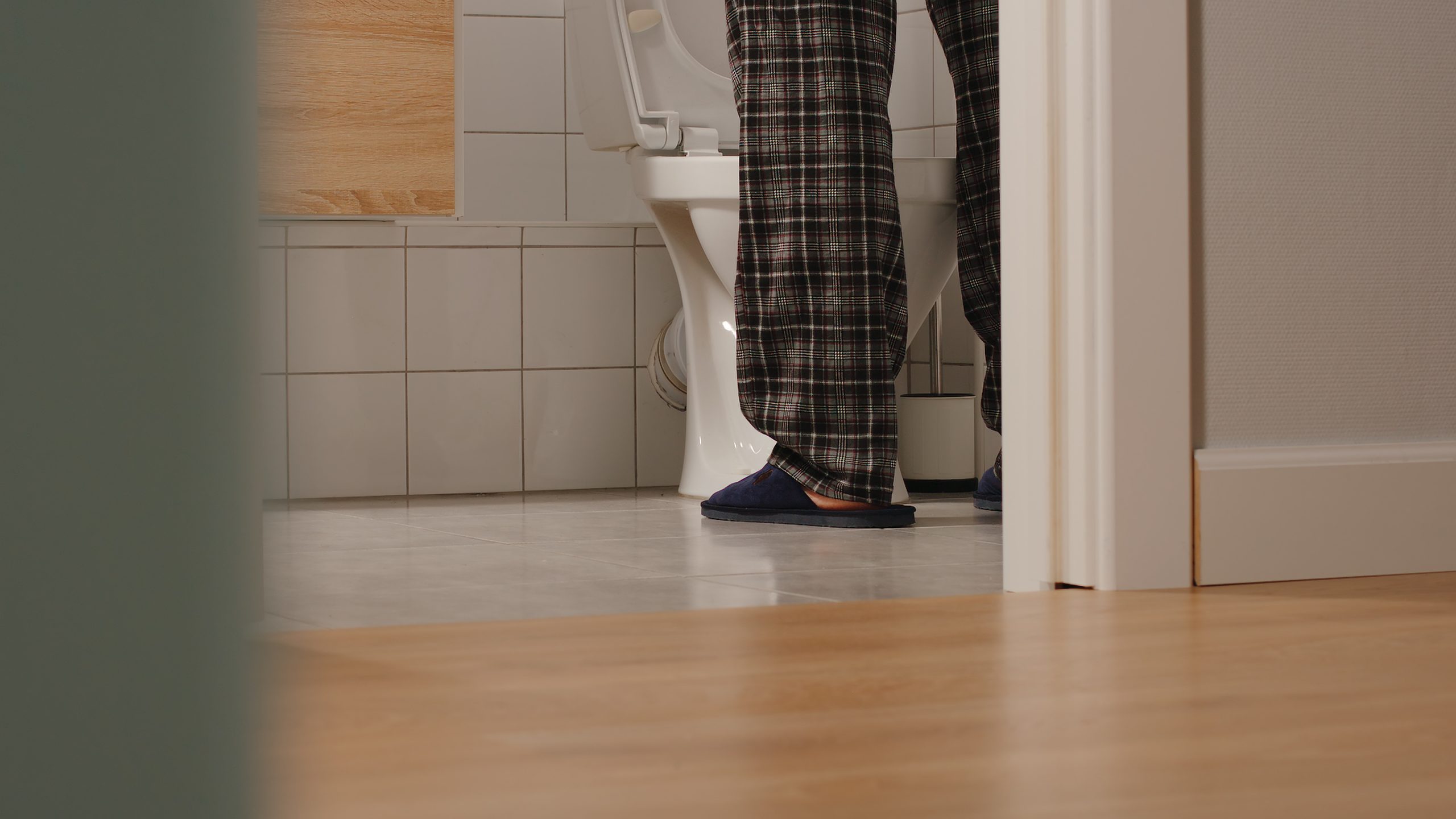
Why am I urinating my semen
If you are wondering why you urinate your semen, the answer is that you have what is called retrograde ejaculation.

Foods that irritate your bladder
Do you have urinary symptoms that affect you on a daily basis? The article Foods that irritate your bladder is for you. We know that the prescription of certain medications can promote urinary incontinence in some people. The side effects of these drugs are sometimes temporary, but it is important to talk to your doctor about them. But what about […]

10 signs that encourage you to see a doctor
There are many reasons why men will be referred to a specialist, and if you experience any of the following symptoms you should see a family doctor. Here are 10 signs that encourage you to consult. You should also know that unless you go to a private clinic, you cannot consult a specialist directly, such as […]
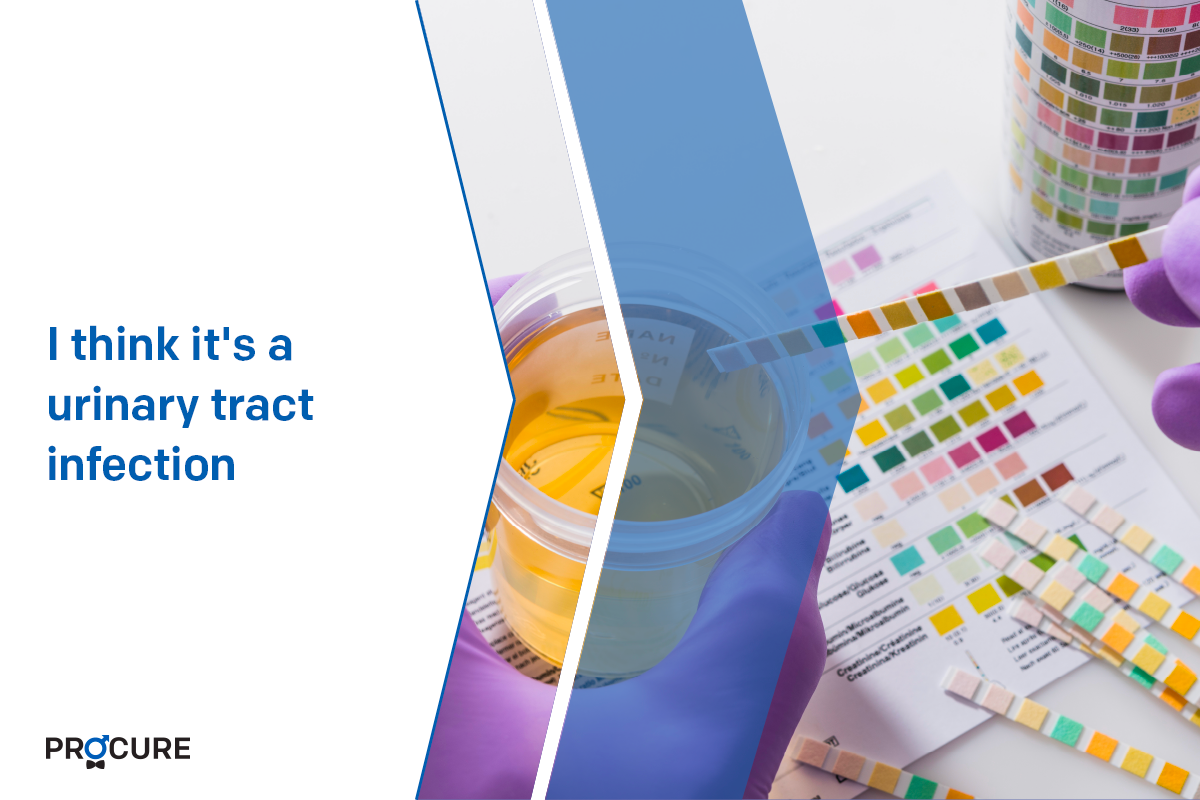
I think it’s a urinary tract infection
Do you have urinary symptoms accompanied by pain or burning when you urinate? It could be a urinary tract infection. UTI is much rarer in men than in women. It has two major causes: a sexually transmitted disease or complications related to your prostate. Infection can happen when harmful bacteria lodges in your urinary tract. […]
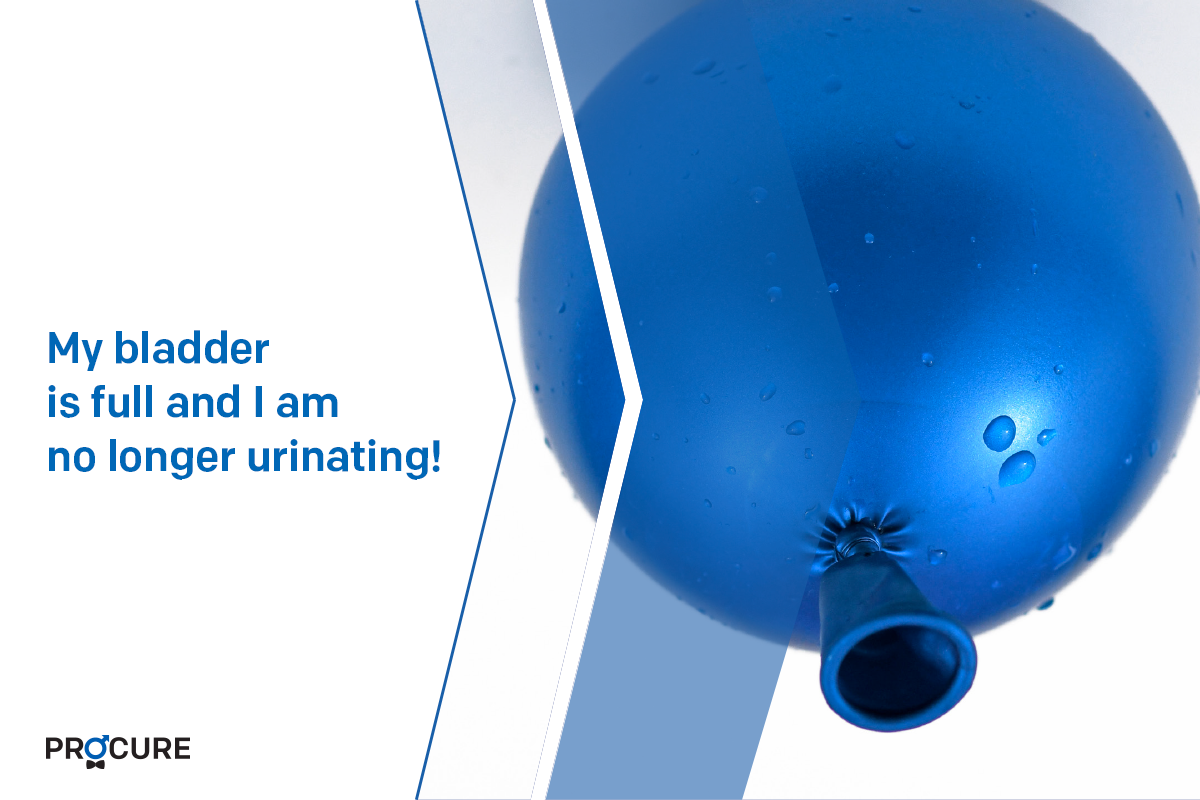
My bladder is full and I am no longer urinating!
A sudden and painful inability to voluntarily empty the bladder suggests acute urinary retention. My bladder is full and I am no longer urinating means consult urgently! It is more common in men than women and is most often due to an enlarged prostate or BPH. The latter can compress the urethra, to the point […]
Sources and references
last medical and editorial review: April 2024. See our web page validation committee and our collaborators by clicking here.

